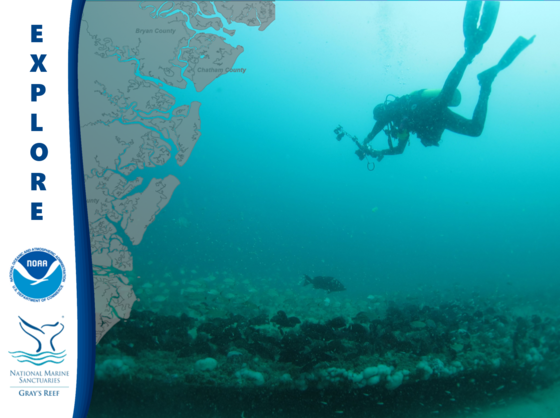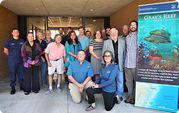Marina Shore Power GFCI Protection by Jim Healy
Blair has summarized the problem well. His summary should provide awareness for the AGLCA fleet. This problem is becoming more and more common as the years roll by and marina upgrades are done. I have written extensively about this problem over many years, and all my articles are all on my website. All of my articles are free to all.
What Blair has not done is to explain how individual boat owners can test their own boats and then, what to look for as potential causes of sensor tripping (continuous and/or nuisance). I wrote an article for individual boaters to use to test their own boats. Here is a link to that article: https://gilwellbear.wordpress.com/category/boat-technical-topics/electrical-topics/boat-ac-topics/ac-safety-tests-for-boats/. Owners do not need to come into contact with live electric circuits to perform these tests, but will need basic electrical test tools (less than $100).
There are many, many causes for ground faults/leakage faults on boats. Here is a link to an article that may help individual boat owners to isolate symptoms: https://gilwellbear.wordpress.com/category/boat-technical-topics/electrical-topics/boat-ac-topics/ground-faults-and-ground-fault-sensors/
In addition to the above, I have articles on ELCI devices as recommended by ABYC, Electric Shock Drowning, reasons it may be quite difficult to hire professional help with these issues, why 240V boats will sometimes find 208V at docks, and much more.
All boat owners should know the basic “somethings” about their boat’s AC Systems. For that, I have two introductory articles. AC Fundamentals Part 1 describes shore power as found in a single family residence (building/condo/apartment). Understand that is extremely helpful to understand boats. AC Fundamentals Part 2 describes how the pieces fit together on boats. These are introductory articles and WILL NOT turn readers into electricians, but they will enable readers to discuss issues, problems and proposed corrections with a professional, and understand what the professional is telling them.
Discussion on this and other forum lists come and go, but the website is always available.
Questions are welcome.
Jim
http://gilwellbear.wordpress.com
Monk 36 Hull #132
MMSI #367042570
AGLCA #3767
MTOA #3436
4 Facebook Likes, 4 Facebook Reactions
![]() Click Here To View the Cruisers’ Net’s “AICW Problem Stretches” Listing For Jekyll Creek
Click Here To View the Cruisers’ Net’s “AICW Problem Stretches” Listing For Jekyll Creek![]() Click Here To Open A Chart View Window, Zoomed To This AICW Problem Stretch
Click Here To Open A Chart View Window, Zoomed To This AICW Problem Stretch

























Comments from Cruisers (3)
In reply to Dave and Bob. Sorry it took so long, we have been out cruising.
MLW depths mean the water depth at low tide. Of course the water was much deeper at close to high tide when we went thru (We draw 5 ft), but I subtracted the tide when calculating water depth. The bottom line is that until the dredging is finished, most boats will not be able to pass this section at low tide.
Can someone please verify this? Seems to be an exaggeration
With all due respect, it is hard to believe that there was 2 ft mlw in Jekyll Creek today near high tide. These kinds of reports are useless to cruisers and actually are detrimental because they do not potray a complete picture. Exactly where near green 19 were you when you saw 2 ft? I suspect you were quite far off G 19 and which direction were u heading, north or south? I travel through here several times a year and have never heard of 2 ft at mlw except if you are out of the channel, off course or have not paid attention to the many tracks and routes posted online to easily traverse this area.